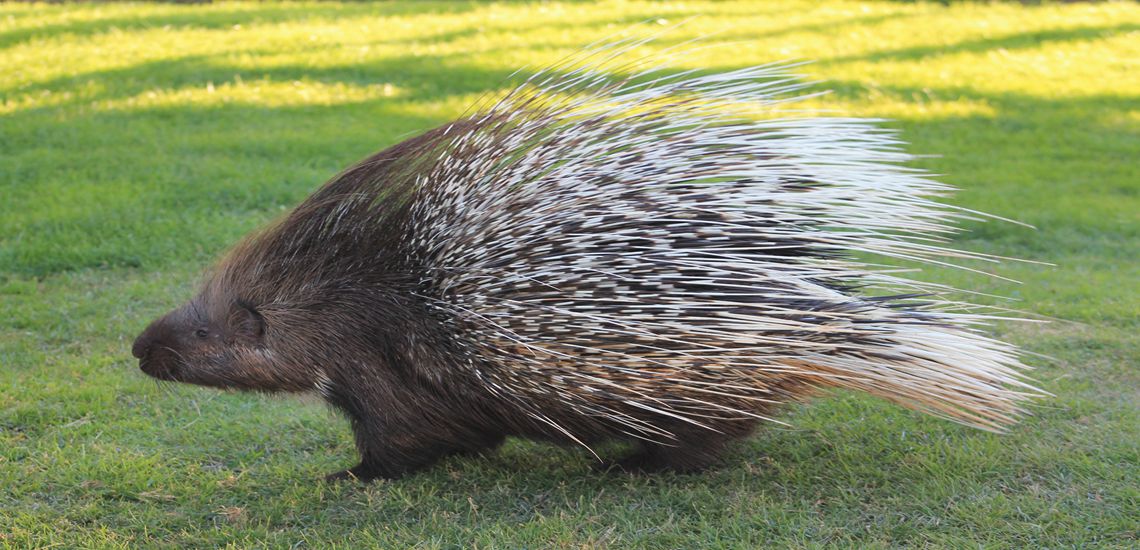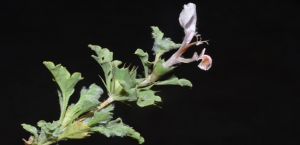Abstract:
Extant Hystrix species are herbivorous mammals and their role as prey for medium and large predators such as lions, panthers, hyenas, wolves, and foxes. These quilled animals, as observed in both extant and fossil records, frequently display a scavenging diet.
Initially, the earliest fossil discoveries of Hystrix in Hungary, Austria, Germany, and Spain were tentatively assigned to Hystrix parvae, suggesting a Vallesian age. However, several studies have consistently proposed that the origin of Hystricidae can be traced back to Southern Asia during the Paleocene. The Old World porcupines (Hystricidae) consist of three genera, which are Trichys, Atherurus (subfamily Atherurinae), and Hystrix (subfamily Hystricinae). The last studies tried to provide a comprehensive overview of Late Miocene Hystrix findings in Asia and Asia Minor, highlighting a temporal and spatial gap. Miocene Hystrix species generally exhibit low-crowned cheek teeth, with an EH/L ratio not exceeding 1.0. There is a distinct shift in hypsodonty among Hystricidae species during the Turolian.
In Eurasia, there are seven Turolian Hystrix species that will be mentioned in this speech. One of these species is H. parvae. Previously, H. parvae was believed to be the oldest known Hystrix species recorded in Europe, primarily found in the earliest Turolian (MN11) faunas. However, according to some studies, H. parvae likely migrated to Europe from Asia during the Vallesian stage. It has been considered a specialized Hystrix and not a direct ancestor of the Late Miocene forms. H. parvae is the smallest Hystrix species.
Speaker: Dr. Kazım Halaçlar
Affiliation: Ege University Natural History Museum
Time: 4:30 PM, Tuesday, Aug. 29, 2023
Venue: ZOOM 会议平台 会议 ID:312 430 8960 会议密码 PWD:666666
ZOOM
会议 ID:312 430 8960
会议密码 PWD:666666



